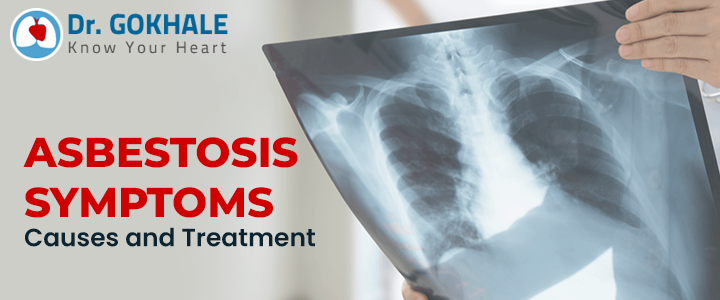Yes, this consistent exposure to something as common as Asbestos sheets ultimately led to his death. Given its common usage in India, especially in rural areas, the risk of contracting Asbestosis is high. Unfortunately, the awareness about this dangerous condition is awfully low.
So with the input of a leading lung specialist in Hyderabad, Padma Shri awardee Dr Alla Gopala Krishna Gokhale, we help you improve your understanding of Asbestosis – its symptoms, treatment options and prevention. Read on to know:
What is Asbestosis?
Asbestosis is a chronic lung disease that is triggered by inhaling asbestos fibres or dust for a prolonged period. This exposure scars the lung tissue to damage the lung tissue and can thicken the membrane of the lungs making breathing difficult for the patients. In several cases, Asbestosis can lead to lung cancer and heart failure, causing death ultimately.
What causes Asbestosis?
As said, persistent exposure to the asbestosis dust or fibre causes Asbestosis. There was a time when Asbestosis was commonly used in insulation, cement and floor tiles due to its heat resistance. As a result, individuals who live or work in these conditions tend to inhale the dust or fibres resulting in Asbestosis.
This condition is found to be the cause of cancerous and non-cancerous conditions suffered by populations around the world. The list includes Mesothelioma, Laryngeal cancer, Ovarian cancer, Pleural plaques, Benign pleural effusion, Pleuritis & Pleural thickening.
Symptoms of Asbestosis:
“In the majority of the cases, the Asbestosis doesn’t appear until many years of the exposure making it evading the identification and diagnosis. And this makes it even more dangerous” specialist in lung transplant surgery in Hyderabad, Dr Alla Gopala Krishna Gokhale.
On average it may take around 20 years to develop this condition. Given Asbestos is a natural mineral with long durable fibres, fibrosis it causes makes breathing difficult which is often the first symptom. Other common symptoms of Asbestosis include:
- Chest tightness and pain
- Cough and fatigue
- Unintended weight loss.
- Inhaling with a crackling sound
- Difficulties in swallowing
- Face or neck pain
- Shortness of breath particular with physical activity.
Treatment for Asbestosis and Prevention:
Asbestosis, once developed cannot be cured but can be efficiently managed with medication, lifestyle changes and even surgery in severe cases. As physical activity can stress the lungs it is advised to stay relaxed and decrease the intensive physical activity when it comes to Asbestosis. Following a well-balanced diet and quitting smoking can also help improve lung function.
Smart breathing and stress management techniques are taught in pulmonary rehab which is another long term option that can help manage the Asbestosis. Only in severe cases where the other treatment options fall short of managing the symptoms, lung transplant surgery is considered by lung specialists.
 Ask Doctor
Ask Doctor
